caused the accident and to collect the necessary evidence.
After ensuring everyone is safe and emergency services are on their way to address injuries and clear the road, carefully assess the scene to determine who is at fault:
Consider the factors that contributed to the accident:

A rear-end collision is one of the most frequent types of car accidents. It happens when a driver is tailgating and fails to stop or slow down in time, resulting in a crash into the vehicle in front.
Rear-end collisions often lead to minor injuries, but they can also be serious or even fatal.
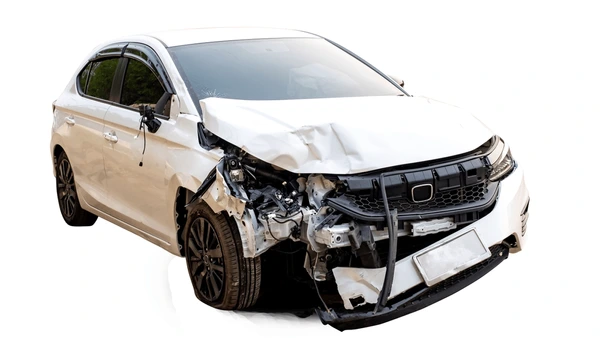
This type of distraction has been shown to slow drivers’ reaction times and also increase their likelihood of getting into an accident. In fact, texting while driving is six times more likely to lead to an accident than drunk driving.
Reaching for an object can take a driver’s hands off the wheel and increase the chances of getting into an accident.
In an online survey, nearly 80% of respondents admitted to engaging in some form of cognitive distraction while driving.
Reckless driving is a behavior that endangers others and is often associated with speeding.
Studies have shown that reckless drivers are more likely to be involved in car accidents, especially those involving pedestrians or vehicles at intersections.
Speeding, tailgating, weaving in and out of lanes, and other aggressive driving behaviors are all considered reckless.
It’s common for reckless drivers to collide into the rear end of another vehicle.
Reckless driving can also result in other traffic offenses, such as illegal U-turns and running red lights.
Poor road conditions, such as potholes, uneven surfaces, or difficult weather, can contribute to rear-end car accidents. These accidents often occur when one of the drivers loses control of their vehicle, leading to an uncontrolled rear-end collision.
Ice, snow, rain, and other adverse weather conditions can make it harder for drivers to stop in time to avoid an accident. This often results in an out-of-control vehicle crashing into the back of another.
If a car’s brakes are not functioning properly, it becomes more challenging for the driver to avoid colliding with the car in front, potentially leading to a rear-end accident.
Defective brakes can prevent a vehicle from stopping effectively or in time.
Additionally, if a driver is not attentive or fails to maintain a safe following distance, it further increases the risk of causing a rear-end collision.
Inattention refers to not paying enough attention or focusing less than necessary. This can have serious consequences, particularly while driving.
Drivers who are inattentive may be more likely to be involved in rear-end accidents because they might not notice slowing or stopped vehicles ahead in time to prevent a collision.
Common contributors to inattention include distractions inside the car, such as talking on the phone or adjusting the radio, as well as external distractions like billboards and other vehicles.
Moreover, drivers who are tired, drowsy, stressed, or fatigued are also more likely to struggle with maintaining focus, increasing the risk of rear-ending another vehicle.
Typically, in a rear-end collision, the driver who rear-ended the other vehicle is generally considered at fault. This is especially true if you can provide evidence that shows they caused the collision due to factors such as those mentioned above or similar circumstances.
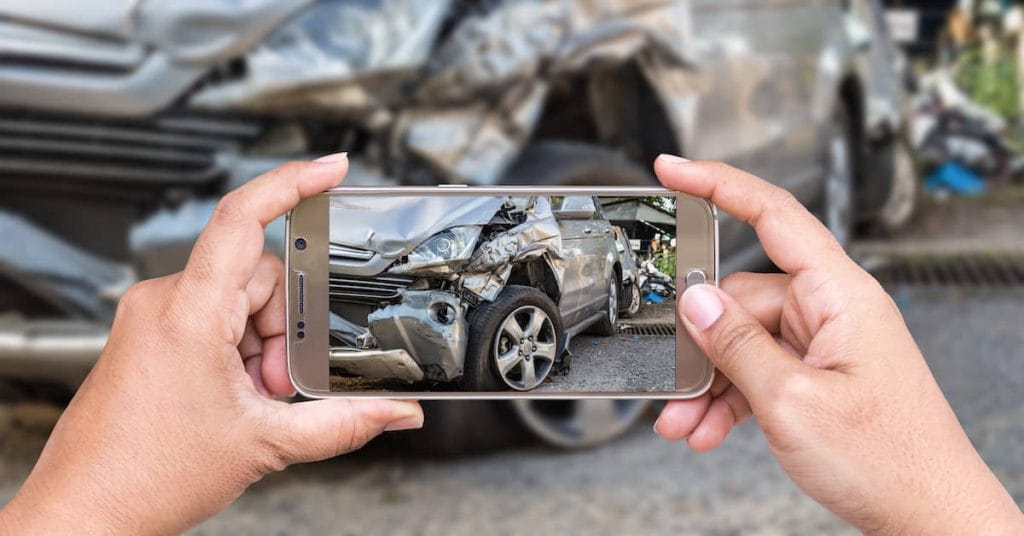
Many accidents on UK roads are not caused by the driver who hits the rear of another vehicle.
For example, if the leading driver suddenly stops without a valid reason and is then rear-ended, they may be held liable for the accident. This could happen if the driver in front brakes abruptly or unnecessarily, causing the rear-end collision.
Similarly, if someone is rear-ended at an intersection or another location with traffic lights or signs, determining fault can be challenging due to the multiple factors involved.
If you were not at fault for the accident, our team can handle your non-fault claim and manage the entire process from start to finish.
The negative financial and emotional impact of a car accident can be significant. However, proving the accident wasn’t your fault can often follow a straightforward process:
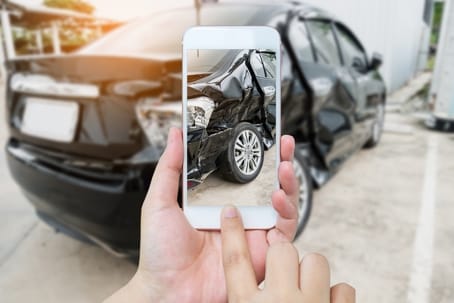
You should also contact the police to file an official report about the accident.
They can be a valuable resource for collecting evidence and providing important information.
often occurring when one vehicle attempts to change lanes and makes contact with the adjacent car.
A T-bone accident, also known as a broadside collision, occurs when the front of one vehicle crashes into the side of another. These accidents commonly happen at intersections when a driver pulls out suddenly, runs a red light, or cuts off another vehicle while turning.
If you were involved in an accident where:
– Another driver pulled out in front of you
– Another driver ran a red light
– Another driver cut you off while turning
It’s likely that you were not at fault in these scenarios. However, fault isn’t always clear-cut. Gathering thorough information is crucial to substantiate your innocence.

EXCELLENT on Trustpilot
and FCA Regulated.
Your no claims bonus won't be affected
Receive a comparable vehicle.leo.
Dedicated claims handler
Avoid paying your insurance excess
24/7 Nationwide recovery & storage.
ngineers and Access to a national repair network.


If you’ve just been in a car accident that wasn’t your fault, the best initial contact is Auto Claims Assist. As experts in Accident Claims Management and Credit Hire, we’re your independent ally.
We handle non-fault claims directly with the other driver’s insurance, protecting you from:
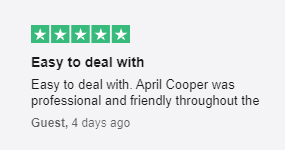

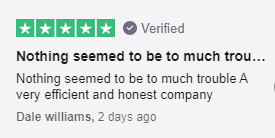
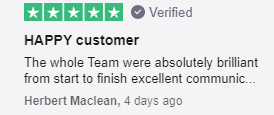

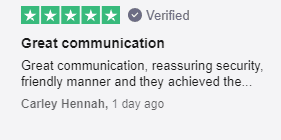
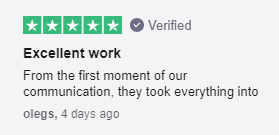

Showing our 4 & 5 star reviews
The type of accident doesn’t always determine fault, but understanding it can guide you in proving the accident wasn’t your fault and determining liability.
For expert guidance on proving a car accident wasn’t your fault, call us to speak with a non-fault accident specialist who can advise you on your next steps.
Side-impact collisions are a frequent type of car accident where two vehicles collide, with the force focused on the side of a vehicle. These accidents can result in significant injuries. Contact us at 07786128786 to start your claim now.
A head-on collision occurs when two vehicles collide directly into each other, often when one vehicle attempts to pass another and enters the oncoming lane. These accidents are highly dangerous and can result in severe injuries or fatalities.
Call us 07786128786 | Start your claim now >
Fault in a head-on collision is typically determined based on factors such as:
– Unsafe passing maneuvers
– Inattentive or impaired driving
– Mobile phone usage
– Ignoring traffic signals or signs
– Disregarding weather and road conditions
– Driving under the influence
The specific rules of the road where the accident occurred and witness statements, if available, also play crucial roles in establishing fault.
Understanding the precise location and manner of the head-on collision is crucial. This allows for detailed analysis of road signs and signals to determine fault. If it’s determined that the other driver crossed into your lane, violating your right-of-way, they are likely at fault for the accident.
A rear-end collision happens when a vehicle is struck from behind by another vehicle. These accidents are among the most common on the road.
The driver following must adhere to the highway code, maintain safe following distances, and drive responsibly. Meanwhile, the driver in front should execute maneuvers safely and adhere to traffic laws.
Call us 07786128786 | Start your claim now >
In most cases, the driver who rear-ends the vehicle ahead is considered at fault. However, there are exceptions. For instance, the driver ahead might be deemed responsible if they made an intentional or unnecessary stop, contributing to the accident.
To establish this, evidence and witness statements corroborating an intentional or unnecessary stop would be crucial.
The determination of rear-end accidents is often down to the driver behind not correctly paying attention or sticking to the highway code. These factors include:
Common Car Accident: Parking Lot Collisions A parking lot collision occurs within parking facilities and can result from factors such as negligence, driver error, limited visibility, or reckless behavior.
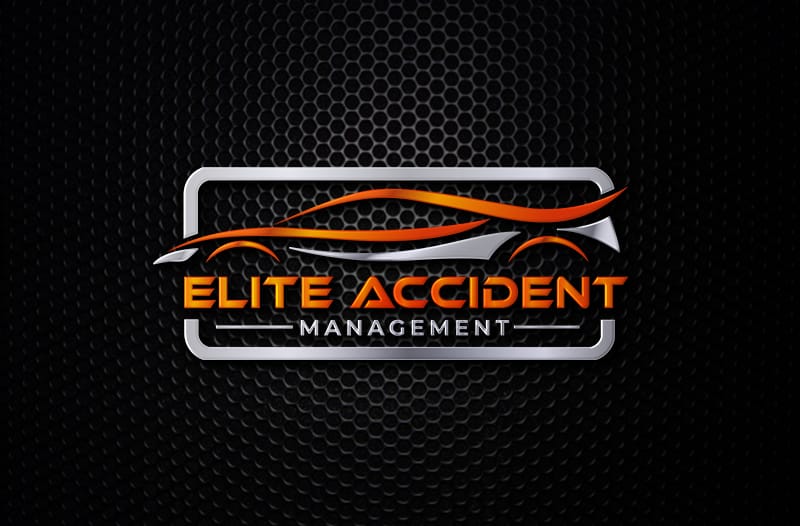
Elit Accident Management(ECM)
122A new road side
horsforth
leeds
ls18 4qb
Registered: 06852246
FCA Regulated: FRN830899
Copyright ⓒ 2024 | Auto Claims Assist Ltd (ACA) | Website by DISRUPT.
Privacy Policy | Cookie Policy | Terms & Conditions | Site Map | Locations